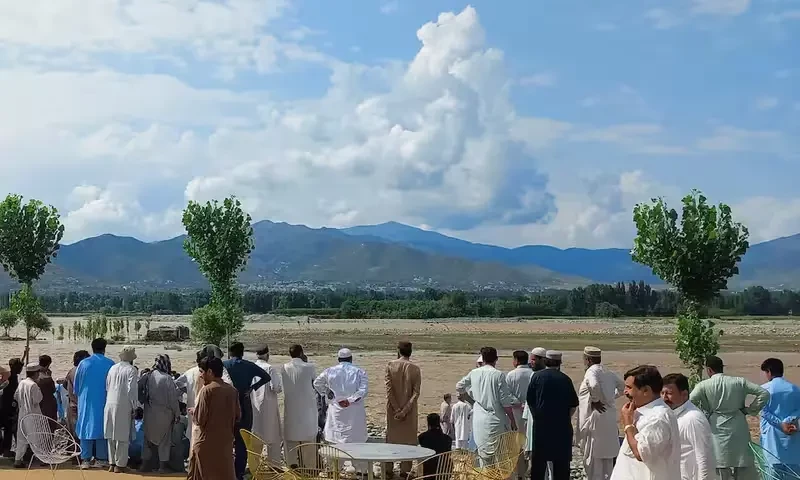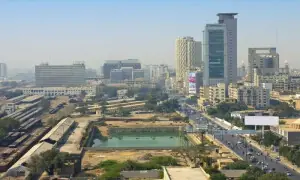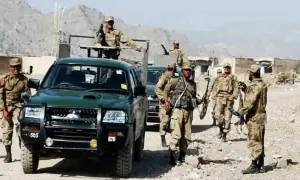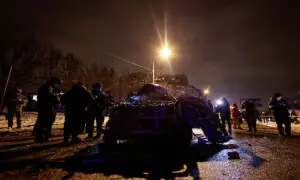After Swat River tragedy: rethinking disaster management in Pakistan
Torrential rains in northern Khyber Pakhtunkhwa have triggered the swelling of the Swat River near Fizagat, resulting in a devastating tragedy. Hence, 18 tourists were swept away by the surging waters, with seven bodies recovered so far and 13 remain missing, stranded, or feared drowned along the riverbanks.
In response, the Khyber Pakhtunkhwa government suspended several officials, including assistant commissioners, the ADC Relief, and the local head of Rescue 1122 and launched a formal inquiry.
However, holding a few individuals accountable after a tragedy is more of a face-saving measure than a genuine prevention strategy.
Pakistan faces significant rescue challenges during monsoon season, with heavy rainfall causing floods, landslides, and house collapses, resulting in casualties and displacement.
The rescue operations are available and carried out by a few institutions, which are as follows:
-
Pakistan Army: conducts relief and rescue operations during natural disasters like floods, establishes relief camps, provides medical assistance, and distributes essential supplies.
-
Pakistan Air Force (PAF): operates relief and rescue operations in flood-affected areas, distributing food, tents, and rations, and providing medical support.
-
911 Emergency Number: it is the emergency number, used for reporting emergencies and requesting assistance.
-
Rescue 1122: includes emergency ambulance, rescue & fire services and a community safety programme.
-
Aga Khan Foundation (AKF) Search and Rescue Team (SART): a 50-member specialized team trained in urban and mountain search and rescue.
However, in all these rescue efforts, there are many instances in which people lost their lives due to monsoon river.
Last year, around five people had drowned in the Hawkes Bay Sea near Sandspit hut number N 104.
Also, due to the surge and high waves in the sea, at the beginning of the last month, the Karachi Commissioner had imposed a ban on bathing in the sea for the next two months.
The question here is, what are the main causes of this?
Despite facing repeated monsoon disasters, critical infrastructure remains missing, such as small dams, diversion channels, and effective, community-based early warning systems.
Public alerts are often delayed or completely absent.
At the community level, there’s limited awareness about flood risks. People continue to treat rising river levels as harmless or even entertaining.
On the day of the tragedy, social media footage showed families gathered dangerously close to swollen riverbanks, treating the surging water as a spectacle rather than a serious hazard.
It raises a lack of disaster management plans and awareness during these seasons.
There is also a lack of blockade in the seas where it is known that the water pressure will be higher.
“The question shouldn’t be ‘Who is at fault?’ but rather ‘How can we work together to put an end to this?’”
The government should also take some measures, which are as follows:
-
Construct small dams, diversion channels, and reinforced embankments.
-
Use real-time flood forecasting and alert tools (SMS, local radio, mosque loudspeakers).
-
Remove illegal encroachments and improve climate-resilient city planning.
-
Launch nationwide campaigns on flood risks and safety.
-
Ensure transparency in disaster management funding and planning.
For the latest news, follow us on Twitter @Aaj_Urdu. We are also on Facebook, Instagram and YouTube.




















Comments are closed on this story.